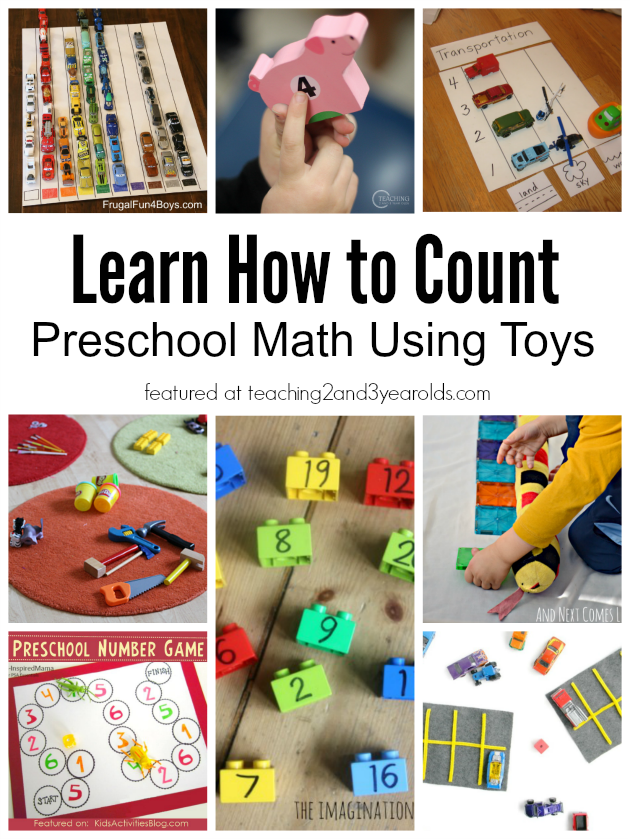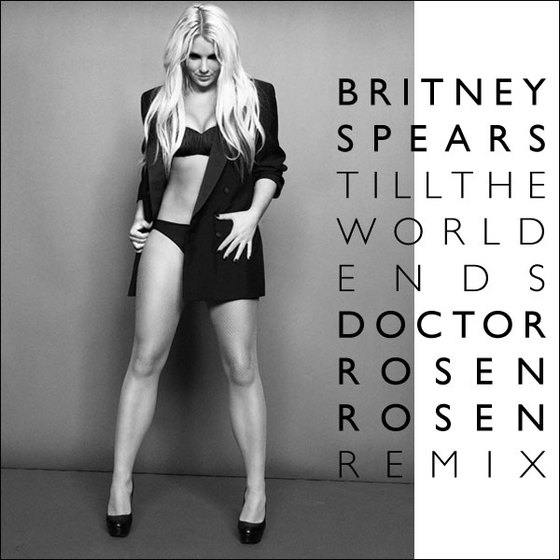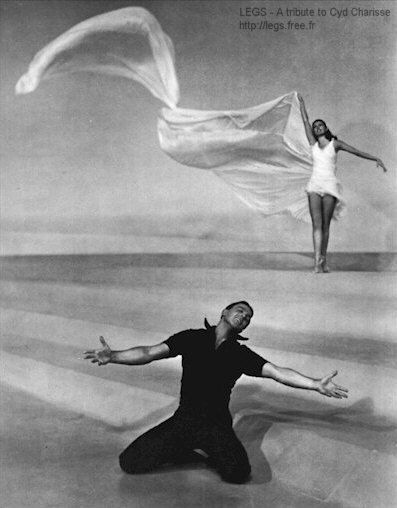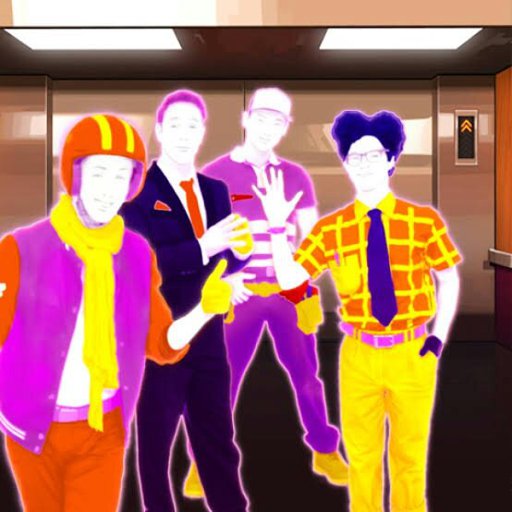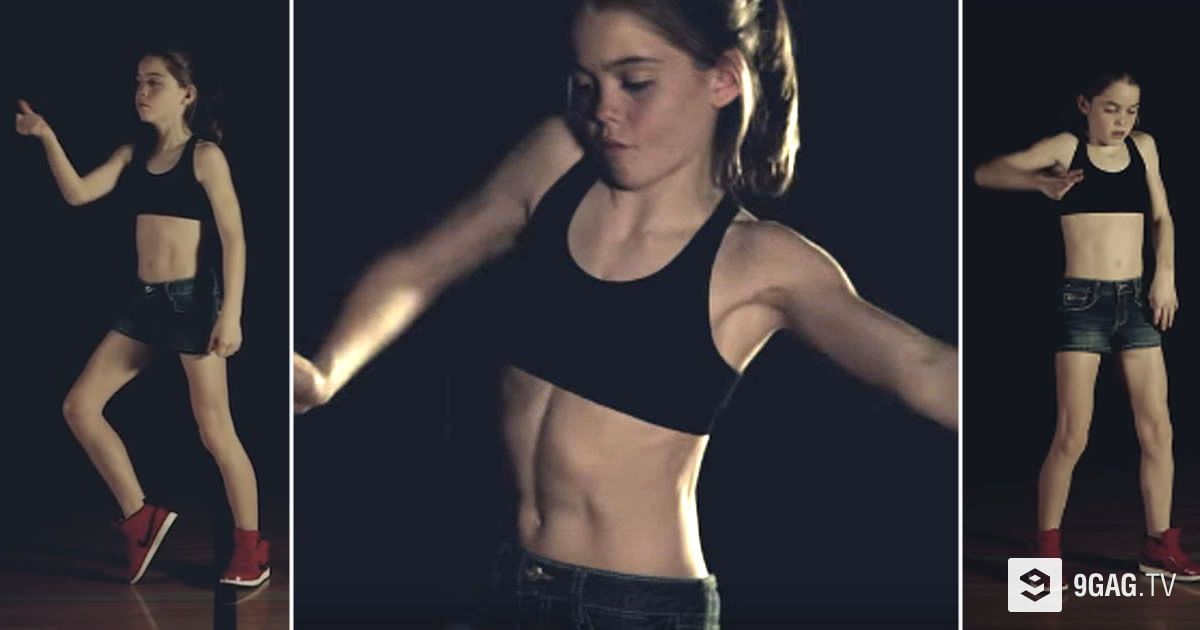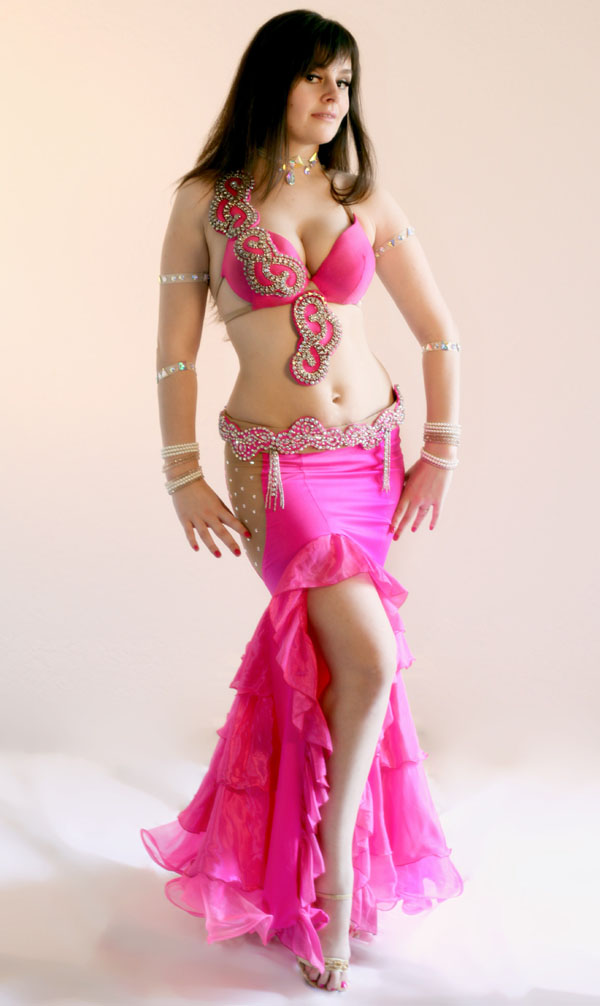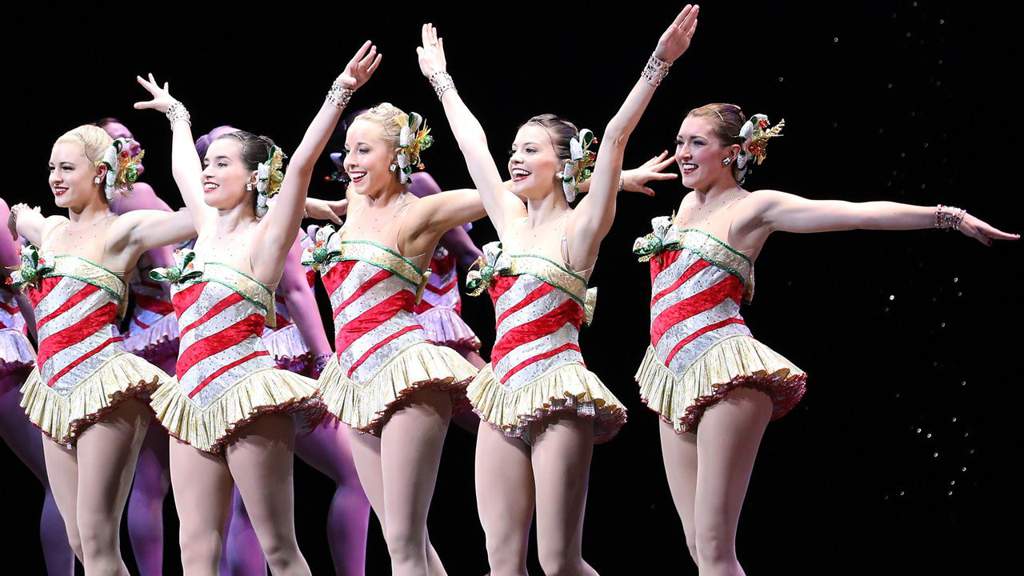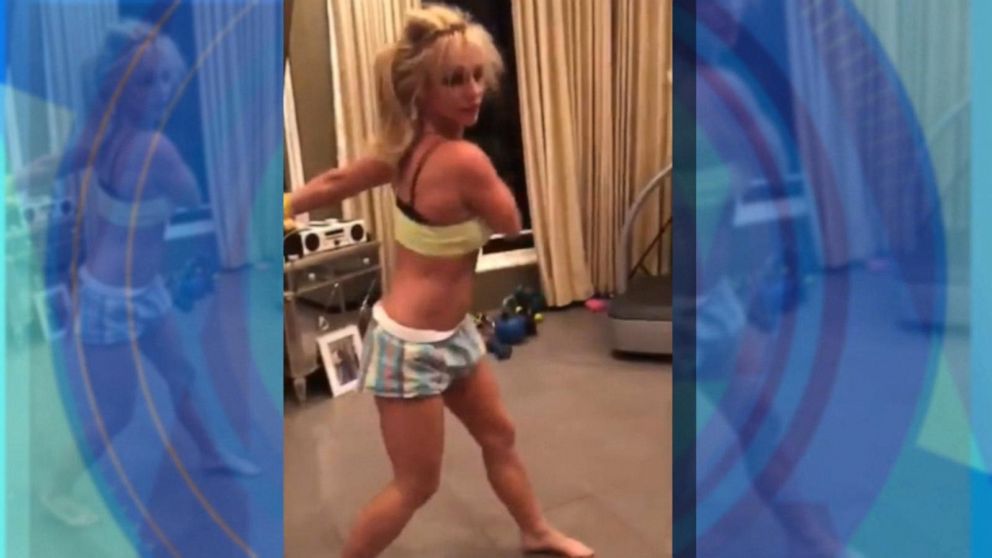How to teach preschool dance
What to teach 3 year olds in dance class
SHARES
One of the questions I am asked most frequently is what to teach 3-year-olds in dance class. As the Preschool years are such a time of rapid development, when you are planning your Preschool Dance classes each age group needs careful attention. 3-year-olds can be a particular challenge as they are often just coming out of Mommy and Me dance classes. The 3-4 age group is the first time dancers are coming into the room on their own and you need to make sure they feel safe and are engaged and stimulated in order to create a fantastic learning environment for your tiny dancers. When it comes to what to teach 3-year-olds in dance class, here are some tips. These are based on the widely used Preschool Ballet Blueprint, a downloadable Preschool dance curriculum that provides a solid foundation for providing quality Preschool Dance instruction.
Class phases
- Entering the room routine – this may sound obvious but if you don’t have a clear plan for how your dancers are going to enter the room, disaster will strike before you have even danced a step.
At this young age, separating from caregivers can be nerve-wracking, so establishing a predictable routine is key for setting the tone for a wonderful dance class. Your dancers should start to follow a routine where they enter the studio and find their own special spot. Place markers are fantastic as they give dancers a feeling of security and help to keep the class organized and running smoothly. You can use poly dots, mats, or laminated pictures. Mats are also a great option and last for years.
2. A warm-up and articulation – when it comes to what to teach 3-year-olds in dance class, the warm-up phase is key. Engaging your tiny dancers right from the first moment of the class is super important. A playlist is a great help as you can set it going and proceed straight through around 5 songs. It is a great idea to start with some familiar nursery rhymes. If a student is feeling a little overwhelmed or nervous, hearing something familiar can really help them out.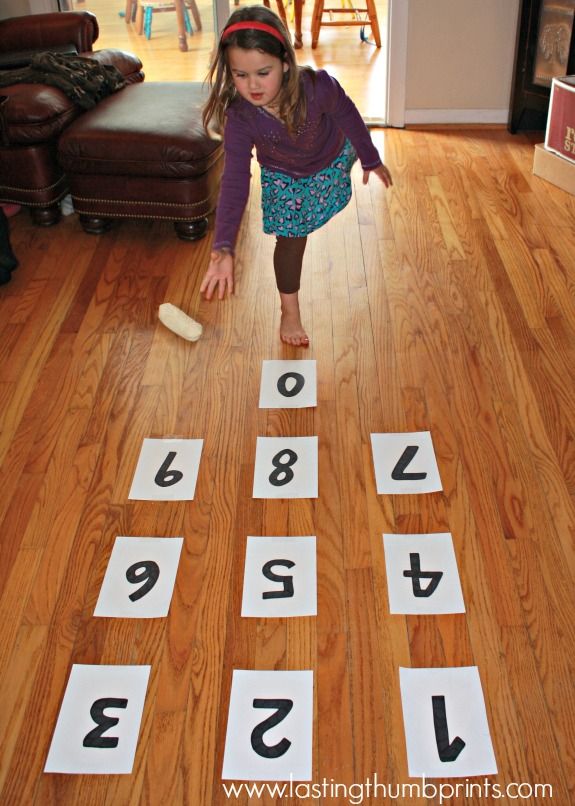 This phase can also include some simple articulation such as happy toes, sad toes, simple hand movements, and gentle stretches.
This phase can also include some simple articulation such as happy toes, sad toes, simple hand movements, and gentle stretches.
3. Simple ballet steps – Next jump straight into some simple ballet steps. There is no need to teach the exercise or launch into lengthy explanations of how to do a step. Simply start your playlist and have the children follow you. As the weeks progress, you can start to refine technique a little at a time.
Steps to include
- Pliés
- Tendus
- Retiré/Passé balance
- Relevé with pitter patter turns
- Sways
- Sautés
4. Locomotion – Once the simple ballet section is over you can start on locomotion or across the room steps. Once again it is very useful to use place markers that the children move between in a variety of ways. Locomotion steps for 3-year-olds should include
- Walks on demi point (fairy runs)
- Marches
- Pony gallops
- Sideways gallops holding hands with a partner
- Skips (these will be a work in progress over the year)
5. Creative movement/game – the final phase should be some sort of creative movement or game..
Creative movement/game – the final phase should be some sort of creative movement or game..
The Preschool Ballet Blueprint, a dance curriculum especially for Preschoolers has detailed instructions on all of the above Phases, as well as a choreographed syllabus that is pedagogically sound and developed over years of successful Preschool Dance instruction. You can find out more about it here.
Other considerations when thinking about what to teach 3-year-olds in dance are Props and extra activities.
Props for 3-year-old dance class
Potential props for 3-year-old dance class are
- Scarves
- Wands
- Fairy wings
- Bean Bags
- Crowns
- Shakers
- Pom Poms
Final words
When it comes to what to teach in 3-year-old dance class there are THREE very important pieces of advice.
- Follow a predictable class plan. Whilst it may be tempting to use different music each week and throw in a variety of activities, Preschool Dance classes succeed and fail on predictability.
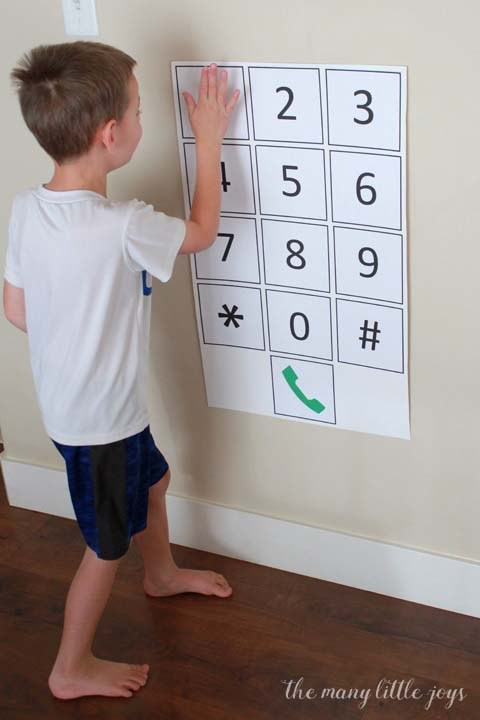 It is vital to get the mix right. Until you feel that your class is very settled it really helps to follow exactly the same class plan. Once the children feel that they know what is expected of them and start to get excited for what is coming next, your class will start to run very smoothly.
It is vital to get the mix right. Until you feel that your class is very settled it really helps to follow exactly the same class plan. Once the children feel that they know what is expected of them and start to get excited for what is coming next, your class will start to run very smoothly. - Plan B Even though we are aiming for predictability, even the best-laid plans can fall apart in an instant when it comes to Preschool Dance class. Even if your class runs relatively smoothly, sometimes things just go more quickly than you think and there really is little more terrifying than staring down a group of 3-year-old dancers and having no idea what to do with them. Build your list of extra activities. When things aren’t going so well, a quick change of activity or suddenly bringing out the Pom Poms can be just the circuit breaker you need.
- Add variety as you would spices. When thinking about what to teach 3-year-olds in dance class, whilst routine and predictability are key, everyone appreciates a little spice now and again.
 Whilst you don’t want to be adding in new songs and themes week after week, once you have your class settled and confident it is tremendous fun to add in some unexpected activities. You can find a range of mini seasonal class plans that you can sprinkle on your standard weekly classes here.
Whilst you don’t want to be adding in new songs and themes week after week, once you have your class settled and confident it is tremendous fun to add in some unexpected activities. You can find a range of mini seasonal class plans that you can sprinkle on your standard weekly classes here.
Lastly, the most important piece of advice on what to teach 3-year-olds in dance class is to teach them with a sense of FUN and enjoyment. As a Preschool Dance teacher, you are part dance instructor and part children’s entertainer. You are aiming to not only introduce basic dance technique but also to foster a love of dance that will hopefully last a lifetime. Above all else, keep the element of fun forefront in your mind when designing your classes. Use games, funny sayings, and imaginative play to introduce your tiny dancer to a fulfilled dance adventure.
A Showstoppin’ Guide to Preschool Dance Basics
A Showstoppin’ Guide to Preschool Dance Basics
Dance education for preschoolers has many benefits.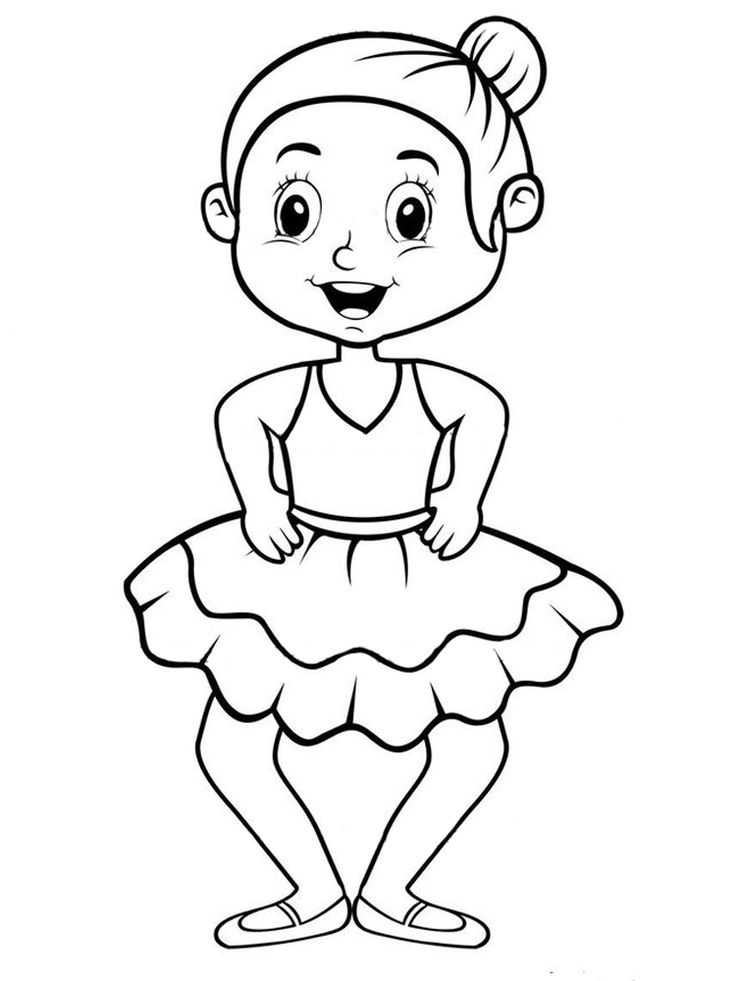 It exercises the whole body and the mind. It also creates a love for dance that develops into a lifetime desire for being fit. If you have the insight to get your preschool age children to love learning dance, you have taken the first step in establishing a core of students who will be with you for years to come. Preschool age is when you cultivate an early love of dance, and that is a major responsibility. Studio owners should always have preschool teachers that are high energy, creative and love children.
It exercises the whole body and the mind. It also creates a love for dance that develops into a lifetime desire for being fit. If you have the insight to get your preschool age children to love learning dance, you have taken the first step in establishing a core of students who will be with you for years to come. Preschool age is when you cultivate an early love of dance, and that is a major responsibility. Studio owners should always have preschool teachers that are high energy, creative and love children.
Here are some of my best tips…
Studio Etiquette
- Always start and finish class on time.
- Never eat or talk on your cell phone in front of students or their parents.
- Keep your social life separate. Don’t discuss personal issues with students, parents, or teachers.
- Be warm and affectionate. Love the children in class through actions and expressions.
- Always be genuine to students and their family members! Your job is all about love, peace, and happiness.
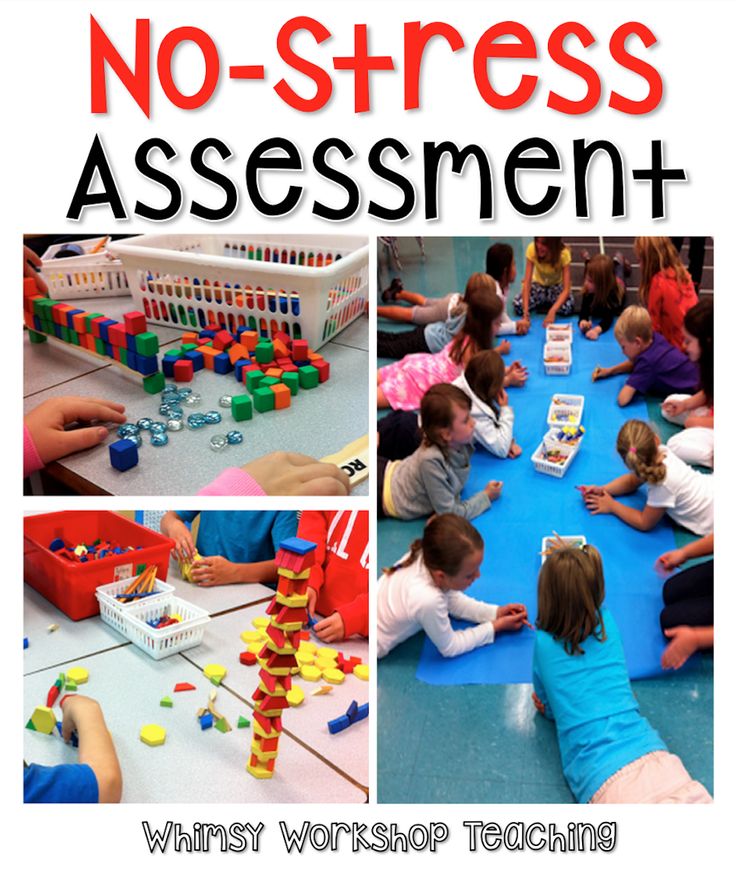
- Be prepared. Freestyling can be a fun exercise, but classes should be well planned and structured.
- Have an opening and closing statement for every class. These are encouraging and inspiring to your students.
- Be receptive to training. You have to believe in the program you teach.
In the Classroom
- Limit parent observations. Parents can sometimes be a big distraction for tiny dancers who are learning to focus in class.
- Learn their names quickly. Calling children by their names makes them feel very important.
- Be flexible and intuitive enough to know when something isn’t working and be ready to change it.
- Strive to make each child feel important and special.
- Break down skills to the minutest parts.
- Be a sharp observer. Watch for the safety of the students.
- Be an actor! Entertain, but keep the group disciplined.
- Be authoritative but patient. Keep the children in line, but make sure that you maintain a caring and understanding attitude.

- Maintain a high energy level always. If you seem bored, they will get bored. (Breaking the class into 5-10 minute increments is perfect for keeping the fun going!)
- Be enthusiastic and extroverted to keep the class fun.
- Make time to break into groups. Even large classes should feel small and personalized to every student. No one wants to dance in the back of the room for a whole class.
Performance Essentials
- Have great music that everyone LOVES. This can make or break a class, and it is just as important on stage.
- Never use anything that’s in question. Parents and teachers are very sensitive about the word “sexy” as it applies to moves and music.
- Just like music, keep costumes kid friendly and PG. (It’s never too late to stay current with music, though! There are some great, clean pop songs out there that get kids excited and ready to have a blast.)
Keeping Their Attention
This approach to preschool teaching keeps the children’s attention spans in mind.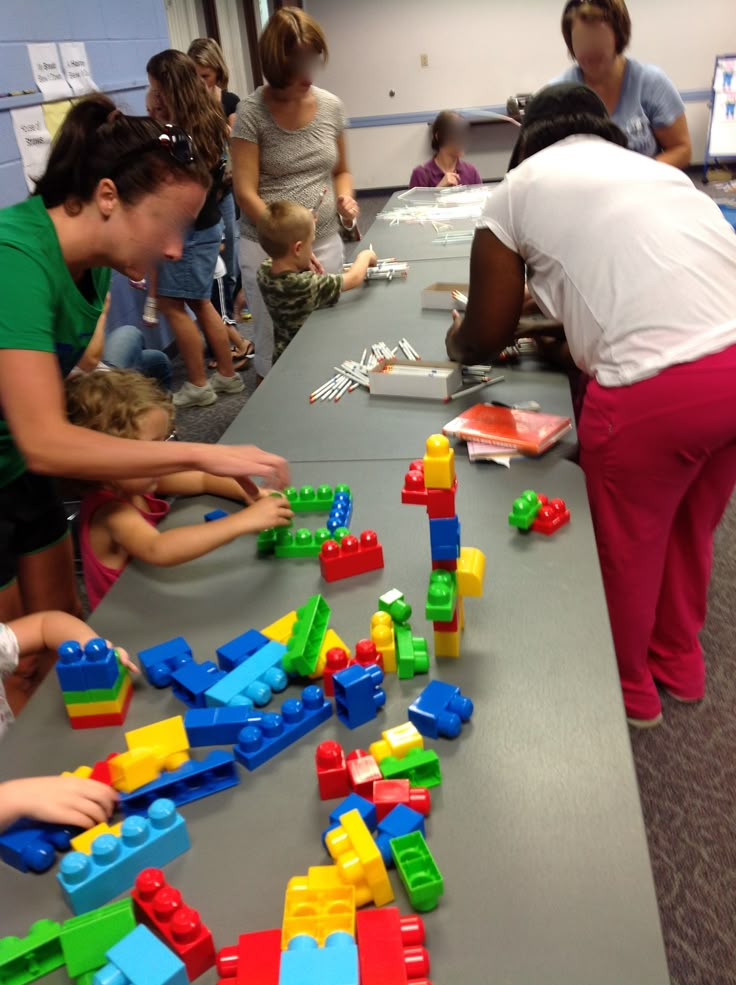 If children are attentive, you can teach, but if not, you can waste half of your class time just trying to keep them quiet. Keep everything moving. This means having your music ready to go so you don’t have to walk back and forth between the speakers – even this can give them enough time to lose interest. Just put the music on and go with it.
If children are attentive, you can teach, but if not, you can waste half of your class time just trying to keep them quiet. Keep everything moving. This means having your music ready to go so you don’t have to walk back and forth between the speakers – even this can give them enough time to lose interest. Just put the music on and go with it.
Showstopper’s Dance Conventions offer special Teacher Seminars to help teachers and studio owners with the daily challenges of dance studio life. In our Kids Pre-School Ideas seminar, you will learn timeless principles and fundamental ideas that will make your pre-school program even more amazing, including prop ideas, song lists, and many other creative ideas.
Click here to register your teachers and your dancers for Showstopper’s 2018-19 Dance Conventions!
By Debbie Roberts, Founder of Showstopper
Edited by Veronica Good, Writer for Showstopper VIP
How to teach a child to dance at home
Dancing is a fun and positive activity that has absolutely no age restrictions.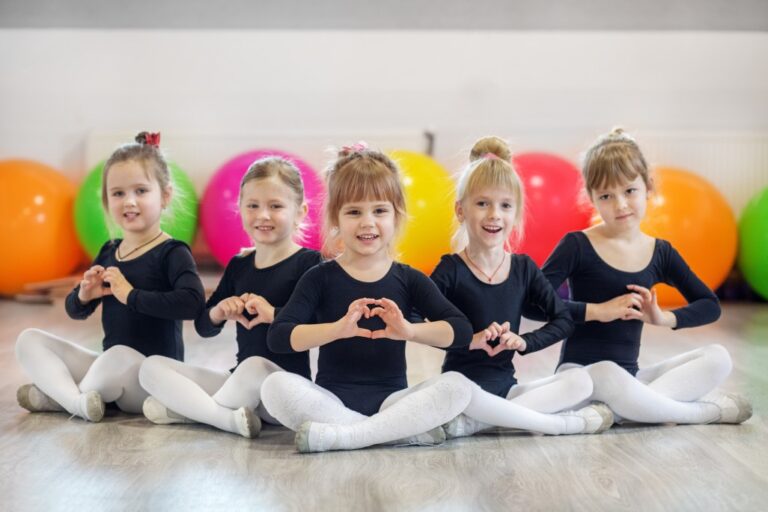 Already in the first year of their life, babies make their first dance movements to the music - they clap, squat, stomp their feet. As children grow older and develop motor skills, they are able to master more and more complex elements of dance, but for this they need the help and support of their parents.
Already in the first year of their life, babies make their first dance movements to the music - they clap, squat, stomp their feet. As children grow older and develop motor skills, they are able to master more and more complex elements of dance, but for this they need the help and support of their parents.
We stimulate the desire to dance
Having noticed a preschooler's interest in dancing, mothers and fathers try to develop it and, as a rule, enroll the child in classes at dance studios. Moreover, many parents simply do not know how to teach their child to dance at home on their own, so they prefer to leave it in the hands of experienced coaches. Such a decision is logical and rational if you want to "grow" a professional dancer out of your baby. In most cases, namely for general development and just pleasure, classes with a child of 3-6 years old can be carried out at home.
Parents need to remember and understand that dance is, first of all, a way of self-expression.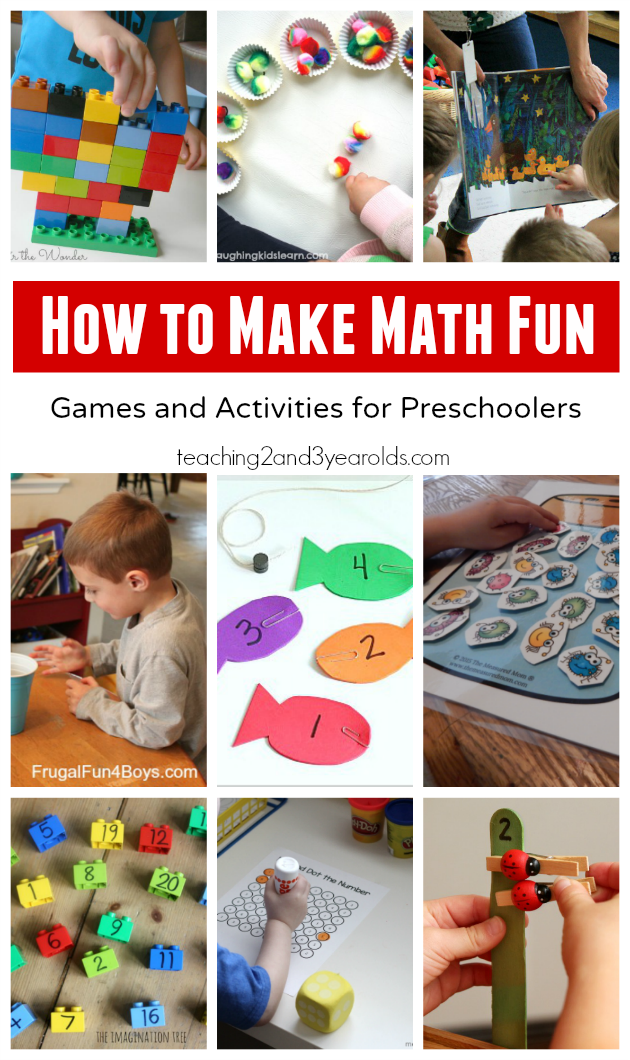 An impromptu free dance reflects the characteristics of a person’s character, his temperament. Each child dances in their own way: someone jumps rhythmically to the beat of the music, someone modestly shifts from foot to foot, and someone demonstrates original movements. The task of parents is not to "reshape" their baby's dance style, but to help him develop his potential and become liberated, if necessary.
An impromptu free dance reflects the characteristics of a person’s character, his temperament. Each child dances in their own way: someone jumps rhythmically to the beat of the music, someone modestly shifts from foot to foot, and someone demonstrates original movements. The task of parents is not to "reshape" their baby's dance style, but to help him develop his potential and become liberated, if necessary.
Moms and dads do not need to schedule classes with their baby - the beauty of home dancing is that you can do it at any time. Heard a rhythmic song on the radio - dance, clean the house to the music - find time for dancing. With a child of 3-4 years old, it is not even necessary to learn specific dances, because. at this age, it is enough to simply develop general musicality, plasticity and a sense of rhythm.
It is very important to decide on the choice of musical material that stimulates the child's desire to dance. Watch the baby's reaction to individual songs - some compositions will make him feel sad, and some will lift him up and make him dance.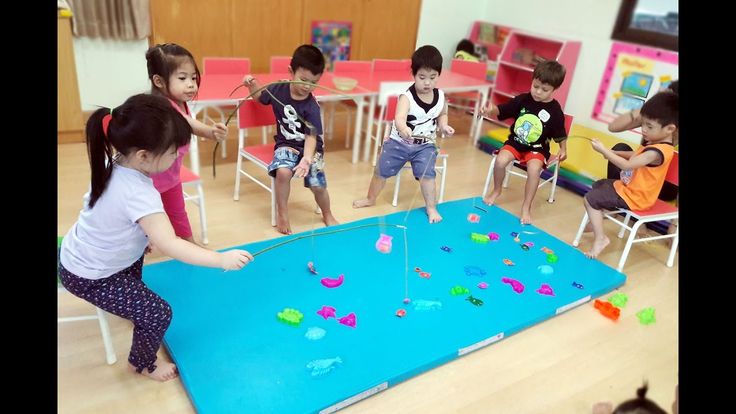
From easy to hard
Preschoolers soak up information at an incredible rate, so don't be surprised if you see your toddler diligently copying dance moves from a recent video clip. Children are open to new knowledge and skills, but it will take some time to master them. If a child fails to reproduce the dance he likes, it is necessary to support him and help him learn the movements. This should be done gradually, without pushing and, moreover, without criticizing the baby.
Some parents are in a hurry to choose the right dance style for their child right away. Moreover, the decisive factor is usually the personal preferences of mom and dad, and not the desire of the baby. It is important to understand here that dancing is creativity and a way of self-expression, so the right to choose still belongs to the child himself. Perhaps the kid does not want to limit himself to one style at all and dances, rather, for pleasure, and not to achieve a certain result.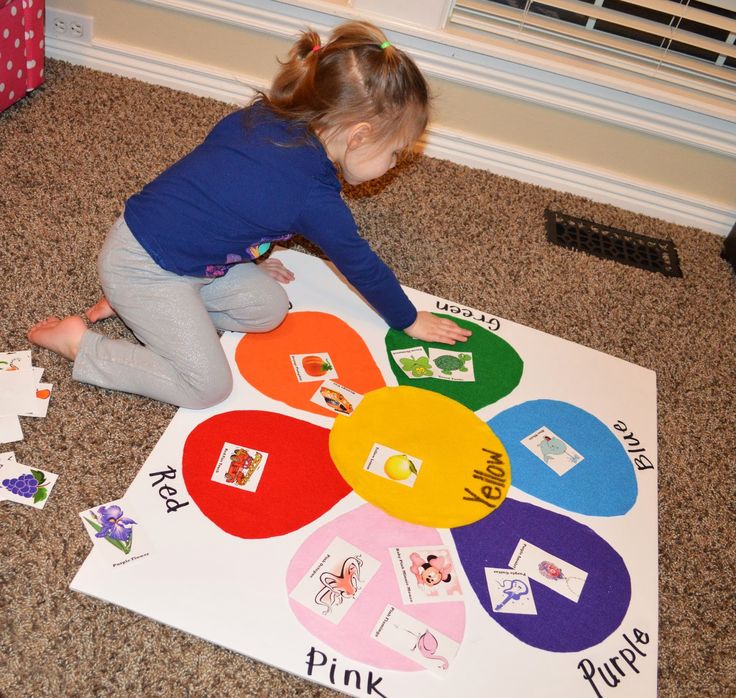
The process of teaching a child to dance should be exciting, presented in a playful way. You can start with improvisations - just turn on the music, dance yourself and invite your baby to join you. Already at this stage, it is possible to assess the general potential of a preschooler, as well as the degree of his enthusiasm and sense of rhythm. Gradually move on to learning easy dance moves:
- turns;
- jumping;
- steps;
- handclaps;
- inflows;
- rocking from side to side.
For an adult, such elements seem very simple, but children aged 3-4 years have to work hard to perform them correctly. Be sure to demonstrate all the movements yourself and encourage the baby, even if he does not perform them quite confidently.
Gradually begin to "link" the individual elements into a dance - combine them using stomps and claps as transitions. Learning even such easy dances develops the attention, memory and coordination of the child, which is very important at preschool age.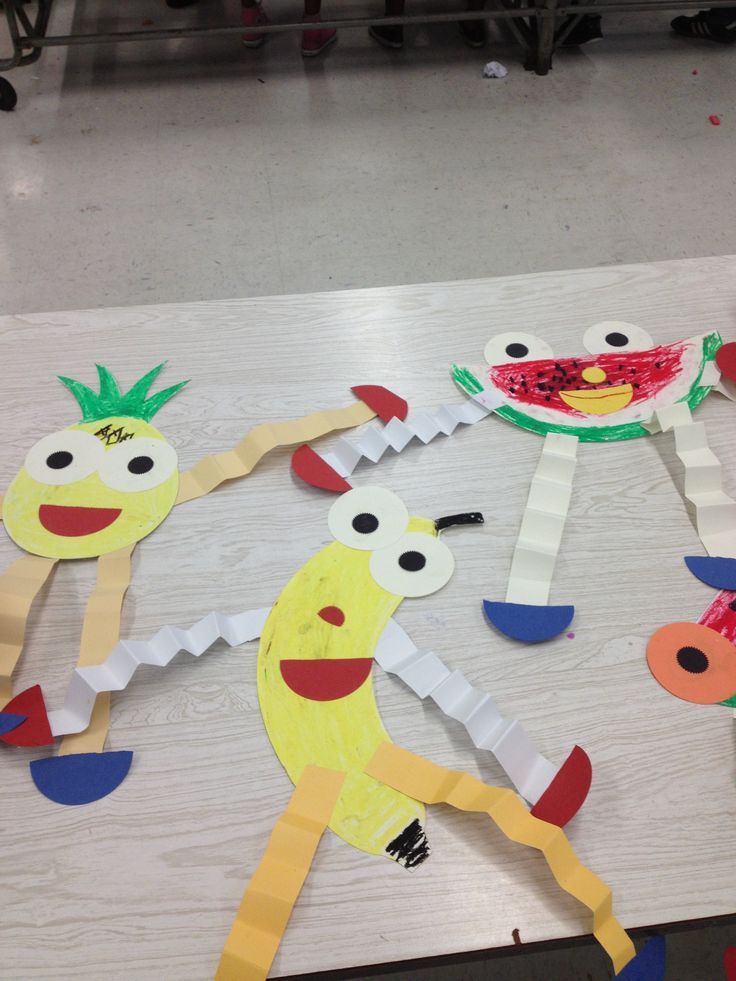 The main thing is not to get hung up on the quality of movements and let the baby enjoy the process.
The main thing is not to get hung up on the quality of movements and let the baby enjoy the process.
And a few more tips for parents helping their child learn to dance:
- Encourage your child to dance . Give compliments, praise, but do not overdo it - a few words of praise will be enough to cheer up the baby.
- Choose dances that suit your child's temperament . It is difficult for active and restless children to concentrate while performing a waltz, and moving dances are not easy for calm and relaxed children.
- Cultivate a love of music . If a child likes music, then it will be easier for him to dance - a sense of rhythm and a musical mood greatly facilitate the learning process.
- Organize home discos. Some children, even having excellent dancing skills, are simply too shy to dance. In this case, they need to be helped to overcome their modesty, to become liberated. And you can do this with the help of home discos, where the baby will feel calmer and more confident.

Over time, parents will decide for themselves when to send their child to dances, and whether it is worth it at all. Perhaps the kid will not want to go to classes at the dance studio, but will be happy to dance at home when he hears his favorite song. The main thing is that when making a decision, the desire of the child himself must be taken into account.
Does your baby like to dance? Does he usually dance at home, or did you enroll him in a dance studio? How do you think you can teach a child to dance on their own?
How to dance with a child at home. Tips from experts on how to teach children to dance on their own
Contents
Dancing is a natural human state. Starting from the age of 6-8 months, babies begin to move with pleasure to the beat of music, and having learned to walk, they stomp to their favorite songs. Between these spontaneous movements and a real expressive dance is not such a big gap. But to dance really fully and physiologically correctly you need to learn.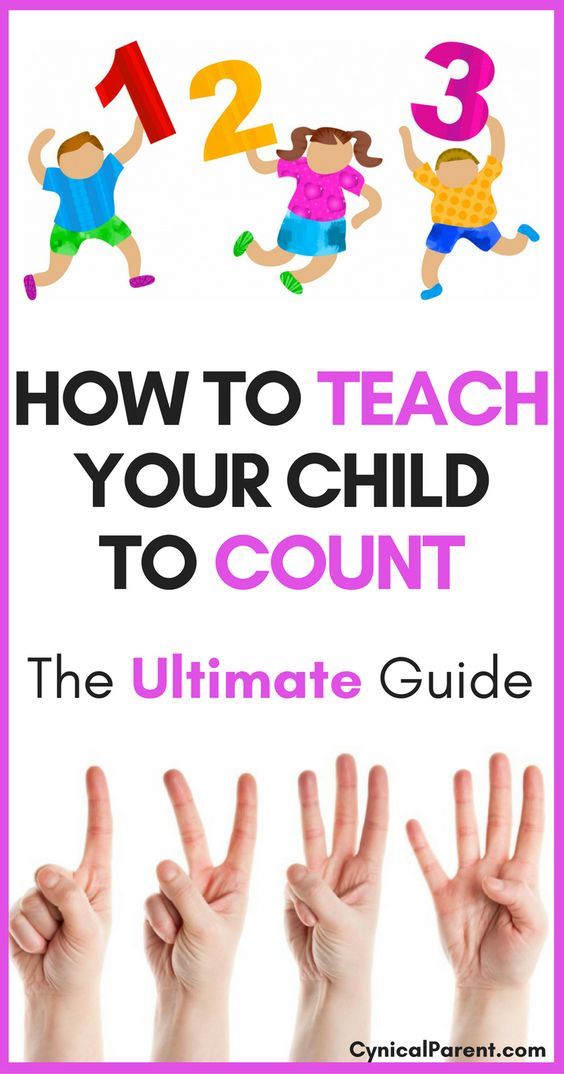 And dance classes are very useful for children, and, importantly, give the children pleasure. Consider when to start learning to dance and how best to build homework with young children.
And dance classes are very useful for children, and, importantly, give the children pleasure. Consider when to start learning to dance and how best to build homework with young children.
The benefits of dancing for the development of the baby
First, let's figure out whether it is necessary to dance in childhood and whether regular dancing classes bring benefits to the development of the child. First of all, dance is a motor activity that is necessary for every person. Classes contribute to a harmonious load on all muscle groups, make the child more resilient and dexterous, improve his coordination and orientation in space.
In addition, dancing develops:
- flexibility;
- hearing;
- sense of rhythm;
- ability to understand music;
- creativity;
- formation of neural connections.
Dancing trains memory (the child has to memorize movements), helps to gain a beautiful posture and self-confidence.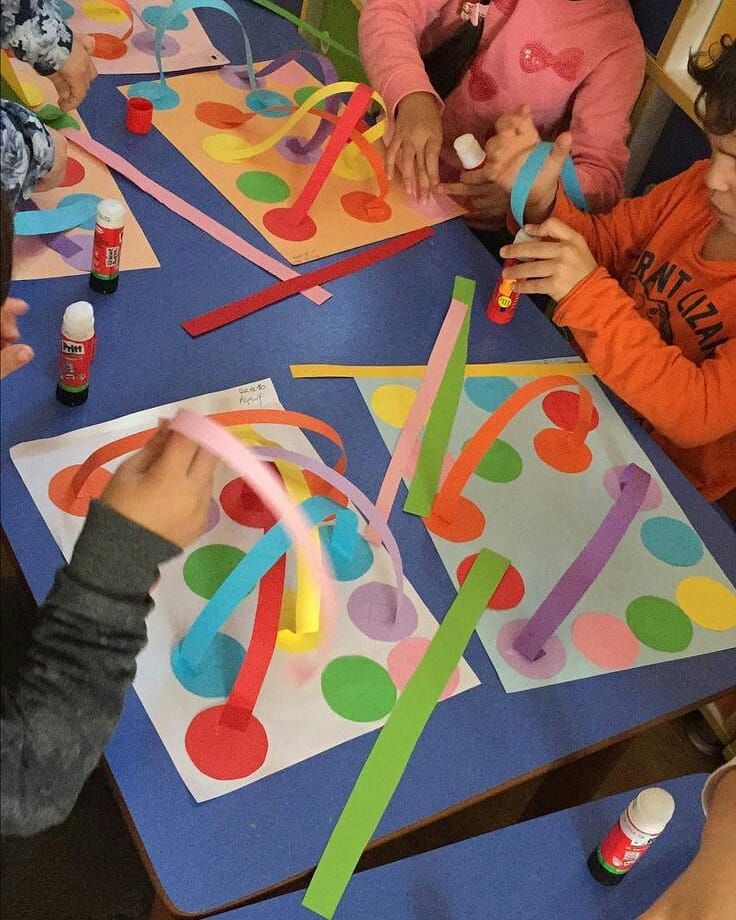 Classes contribute to the development of intelligence, the ability to concentrate on tasks, the ability to set goals and achieve them. All these skills will be useful to the child not only in further schooling, but also in adulthood.
Classes contribute to the development of intelligence, the ability to concentrate on tasks, the ability to set goals and achieve them. All these skills will be useful to the child not only in further schooling, but also in adulthood.
We must not forget about social development. Even if you decide to study on your own at home, the baby has to interact with you, the child learns discipline, learns to listen and understand an adult, perform new tasks, and overcome laziness.
Even more benefits from teamwork. Here, kids learn to interact with each other, in practice they understand how important mutual assistance is, if the dances are paired, then they master the distribution of roles in the dance and gain communication skills.
At what age to start dancing with a child
You can teach a child to music at an early age. You can play music for newborns, sing lullabies or funny nursery rhymes to your child. When the baby begins to coordinate his movements, add stomping, clapping, give the child a tambourine, spoons, bells or drums.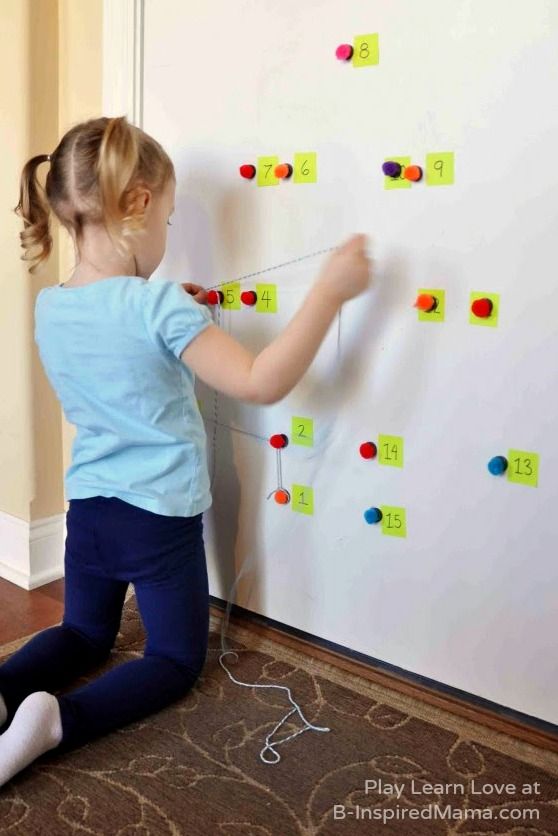 You can also take the baby in your arms and move yourself to light music. Such joint exercises help to form a sense of rhythm.
You can also take the baby in your arms and move yourself to light music. Such joint exercises help to form a sense of rhythm.
As for regular classes, it depends on the individuality of the child. Some children are able to perform simple movements as early as 2-2.5 years old, and some find it difficult to concentrate on classes even at 4. . If you think that your baby is already ready, try some joint activities at home, if it doesn’t work out, put your attempts aside for a while. There is no need to rush things and force the child to do what he is not yet ready for. This can discourage not only dancing, but also other activities.
How to properly start learning and get your child interested
As already mentioned, the main thing is not to rush things and approach learning smoothly. It is also important to interest the child, because if the baby himself wants to learn to dance, then it will be much easier for him than if he simply fulfilled the desire of his mother.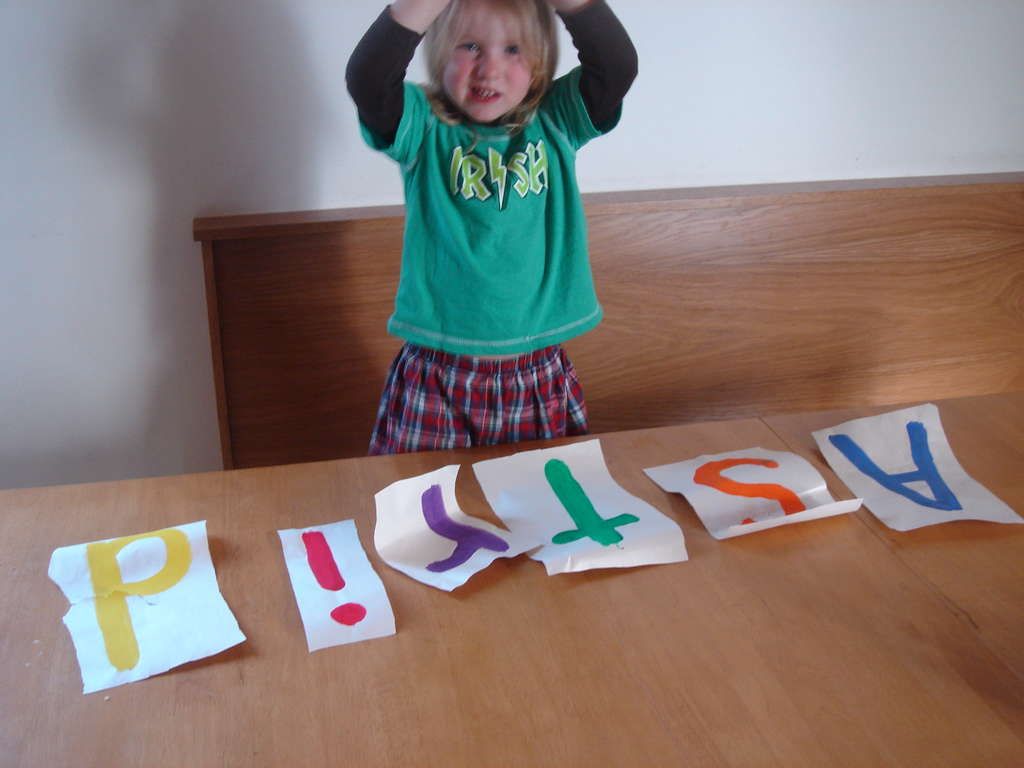
At the conscious age of a child, you can start showing performances of professional dancers, children's groups or solo dances of his peers. Choose colorful and understandable numbers, try to choose not too long programs to watch with fairly simple choreography and clear rhythmic music.
Ask the child if he wants to learn to dance too, dance with him yourself. Even if he never managed to get into the rhythm, praise him, tell him that he will make an excellent dancer.
It is worth noting that here parents may encounter some difficulties. The fact is that most children are absolutely sure that they already know how to dance. Preschoolers are incapable of being critical of themselves. To them, antics and chaotic jumps in front of the mirror seem no less beautiful than the perfected pirouettes of a professional ballerina. In no case do not convince the child that he still knows nothing. Show him some more difficult movement and offer to practice more to learn. Offer to learn a specific little dance, etc.
Another incentive that can be used is professional clothing. Even with self-study at home, buy ballet shoes for a child, a swimsuit and a tutu for a girl, and beautiful dance pants and a T-shirt for a boy. Take a trip to a specialty store with your child, let him choose the right clothes for dancing for himself, do not argue, even if you get a completely wild combination of colors. The child will definitely want to wear a beautiful, self-chosen outfit and try it out in class.
Sign up for a trial lesson
Choose movements that children can do and gradually increase their difficulty. You can try the following items:
- stomping and clapping;
- side steps;
- squats.
The first dance moves should be clear and not multiple, gradually complicate the compositions.
How to choose music
Classes with a child should not be monotonous and boring. Small children cannot work for hours to the same melody, honing movements to perfection.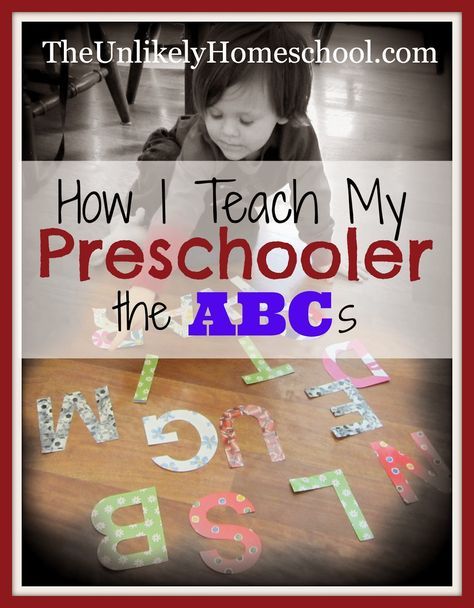 Therefore, you need to pick up a whole collection of music suitable for classes.
Therefore, you need to pick up a whole collection of music suitable for classes.
Of course, you need to purposefully learn dance compositions and links, and not just move to the music (although the latter is also good), but try to diversify your classes. You can use different melodies:
- for warm-up;
- for musical breaks during classes;
- for coordination and stretching exercises, etc.
Be sure to consider your child's preferences, age and temperament when choosing music. If you have a fidget growing up, choose fast, rhythmic music. If the child is a little slow and thoughtful, calm smooth melodies will suit him.
It is also important that your baby likes music. You can try dancing to tunes from your favorite cartoons or to popular children's songs. Gradually diversify melodies, introduce classical music. This will allow not only to learn how to dance, but also to acquaint the child with a variety of genres of music. For example, five-six-year-olds are quite capable of mastering musical compositions to Tchaikovsky's The Nutcracker or Shostakovich's Dancing Dolls.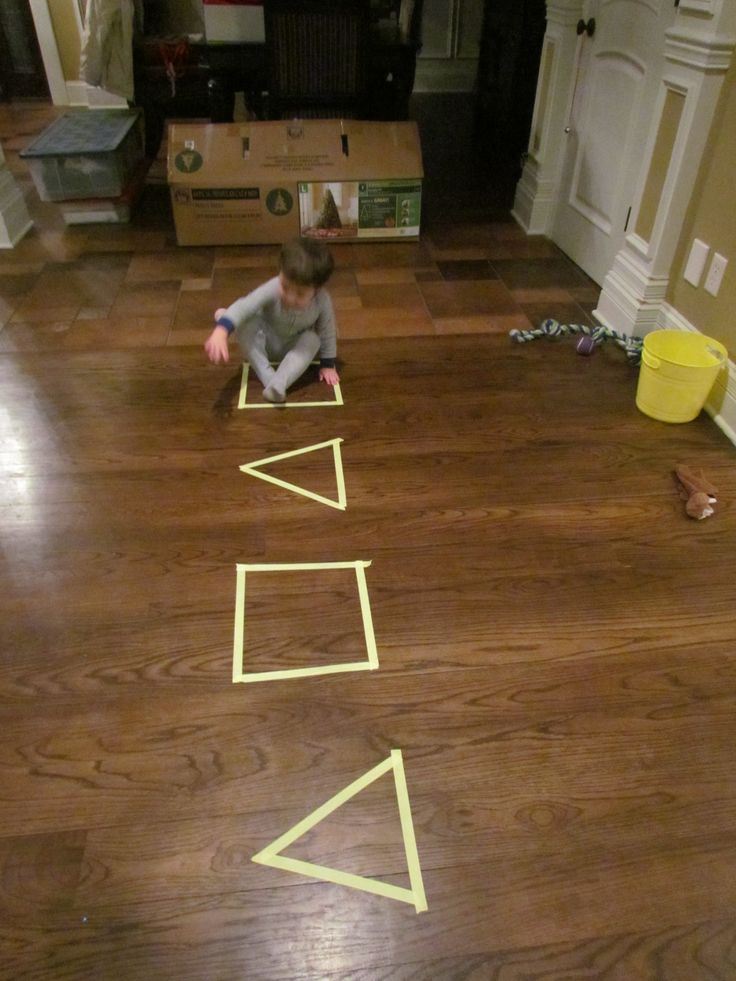
Professional advice: how to properly dance with children and what not to do
- All classes for preschoolers should be conducted in a playful way, all movements should be accompanied by words. Children have a well-developed figurative imagination, and if in the process of training you “walk like a duck”, “flap your wings”, jump like a grasshopper, then the baby will quickly remember all the necessary movements and postures.
- Change your activity more often. Even a six-year-old cannot concentrate on one activity for more than fifteen minutes. Your lessons should be dynamic. You can, in addition to warming up and learning dance, include elements of finger gymnastics, outdoor games and arbitrary rhythmic movements to music, stretching exercises, etc. in your classes.
- Never force a child to do something that greatly exceeds his current abilities. If something does not work out, do not scold the baby and do not focus on failure, just switch to another activity.
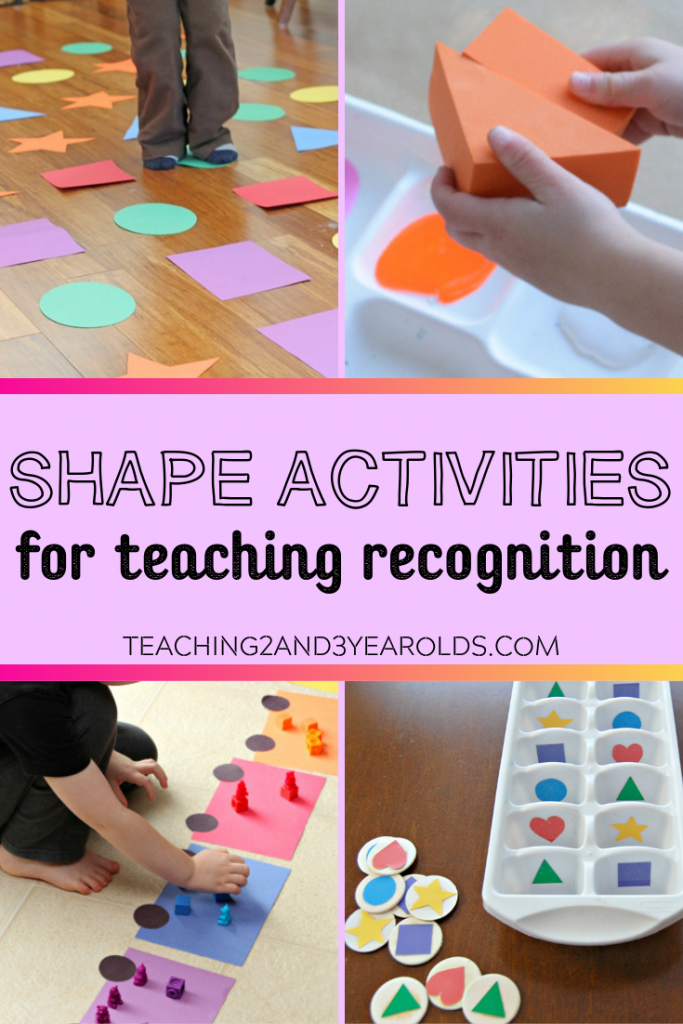
- Never yell at a child, scold or make harsh remarks. If the kid does not succeed, he indulges or simply does not want to listen to the teacher, show patience and tact. This will give better results than criticism and swearing.
- Don't make the lessons too long. With three-four-year-olds, you can practice for 45 minutes maximum. In this case, you should change the type of activity every 10-15 minutes. The older the child gets, the longer your lessons can be (but no more than an hour and a half) and the longer you can practice each movement or exercise.
- Dancing for yourself is wonderful. However, you should also think about the audience. Public speaking is an important stage in a child's development. They teach not to be afraid of the public, give self-confidence, allow you to share your success with the audience. You need to not only learn dance compositions, but also think about where and how your child can demonstrate their art. Arrange concerts for grandparents, for other relatives.
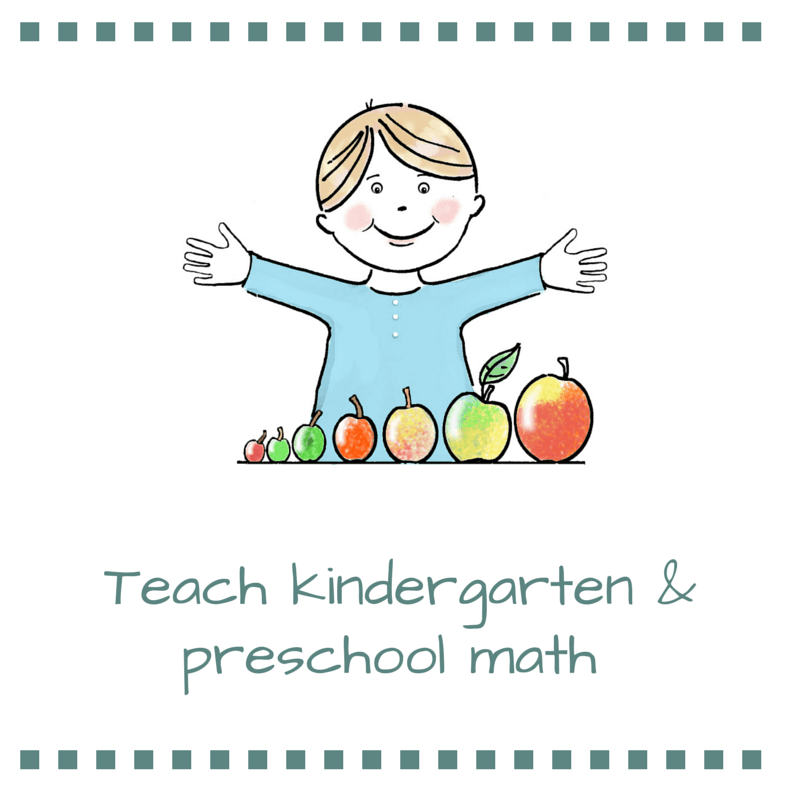 If the kid attends a kindergarten, arrange with the teachers so that he performs with a learned number at the next holiday. Invite your child to prepare a room for a family holiday or for the birthday of one of his friends. Such performances will allow the child to be liberated, determine the purpose of the classes, evaluate their progress, and maintain interest in training.
If the kid attends a kindergarten, arrange with the teachers so that he performs with a learned number at the next holiday. Invite your child to prepare a room for a family holiday or for the birthday of one of his friends. Such performances will allow the child to be liberated, determine the purpose of the classes, evaluate their progress, and maintain interest in training. - It is possible that sooner or later your little one will outgrow home workouts. Then it will be possible to find a good dance school for him. From a certain age, it is more interesting for children to engage in a team, in addition to communication, the child is waiting for performances, preparing costumes and other pleasant moments associated with the life of a professional dancer.
- Children learn the world by copying adults. Therefore, you should not just give instructions, but be a part of what is happening. This is especially important if you are practicing individual homework. Show your child the movements, repeat it with him, participate in games and do a warm-up.
